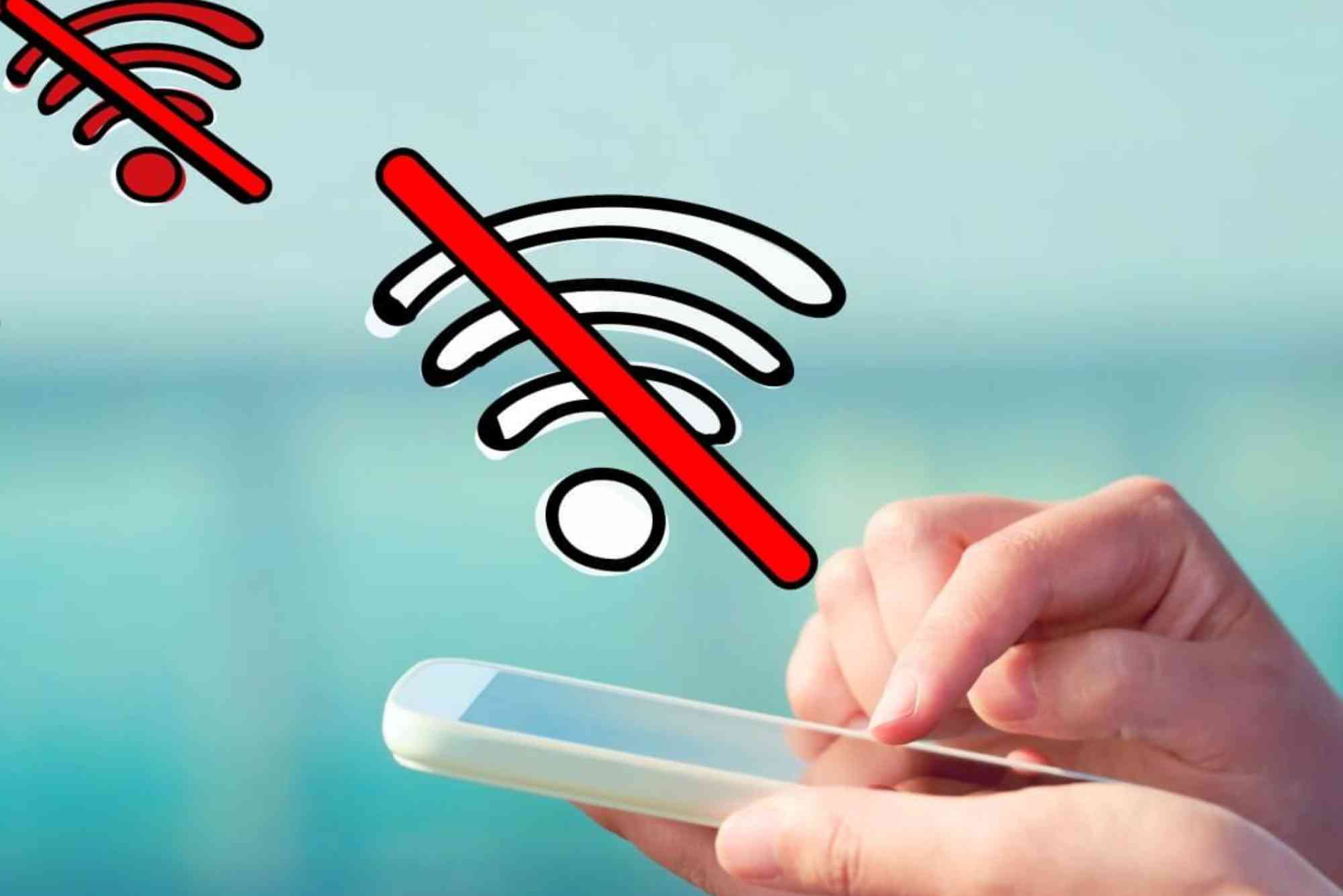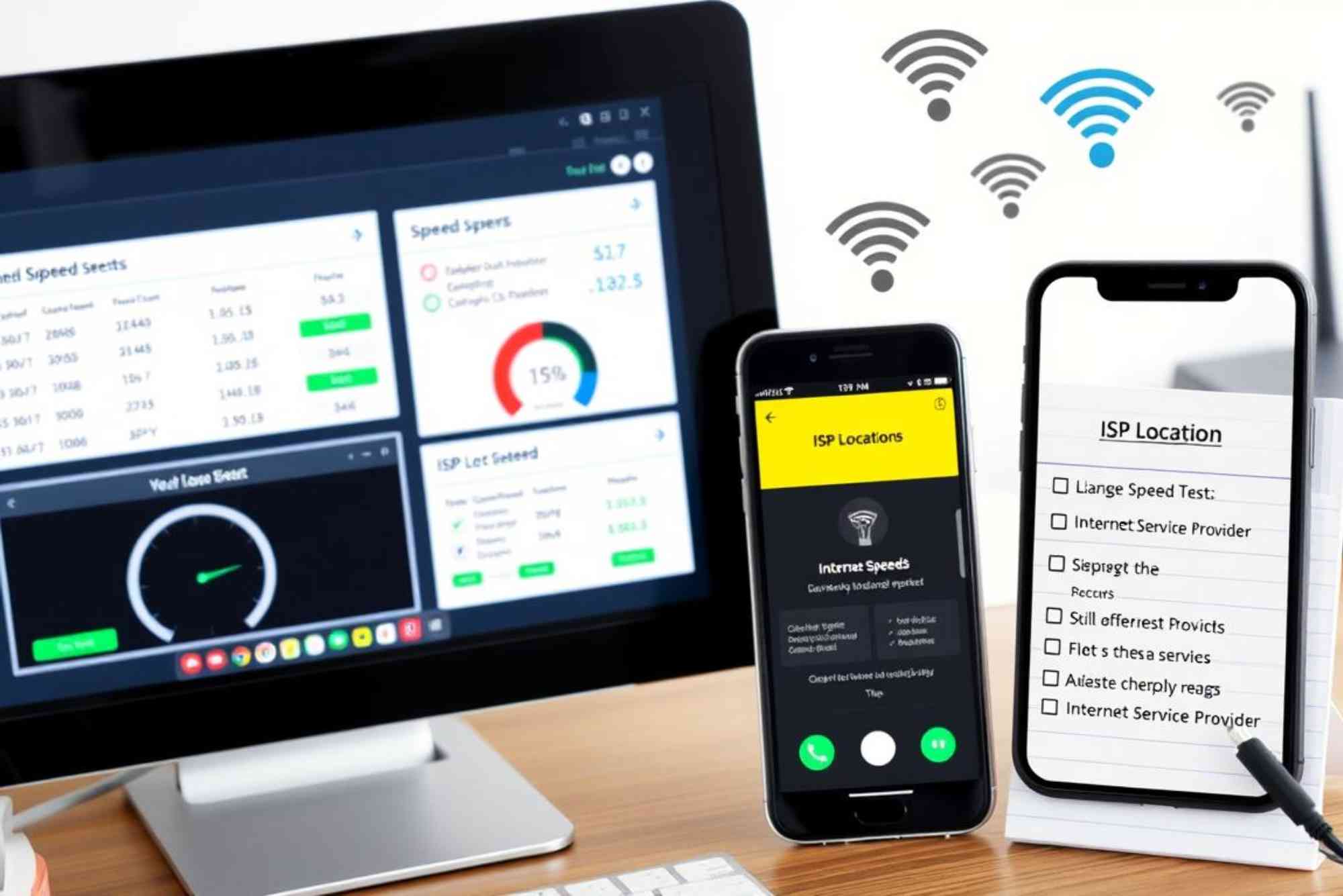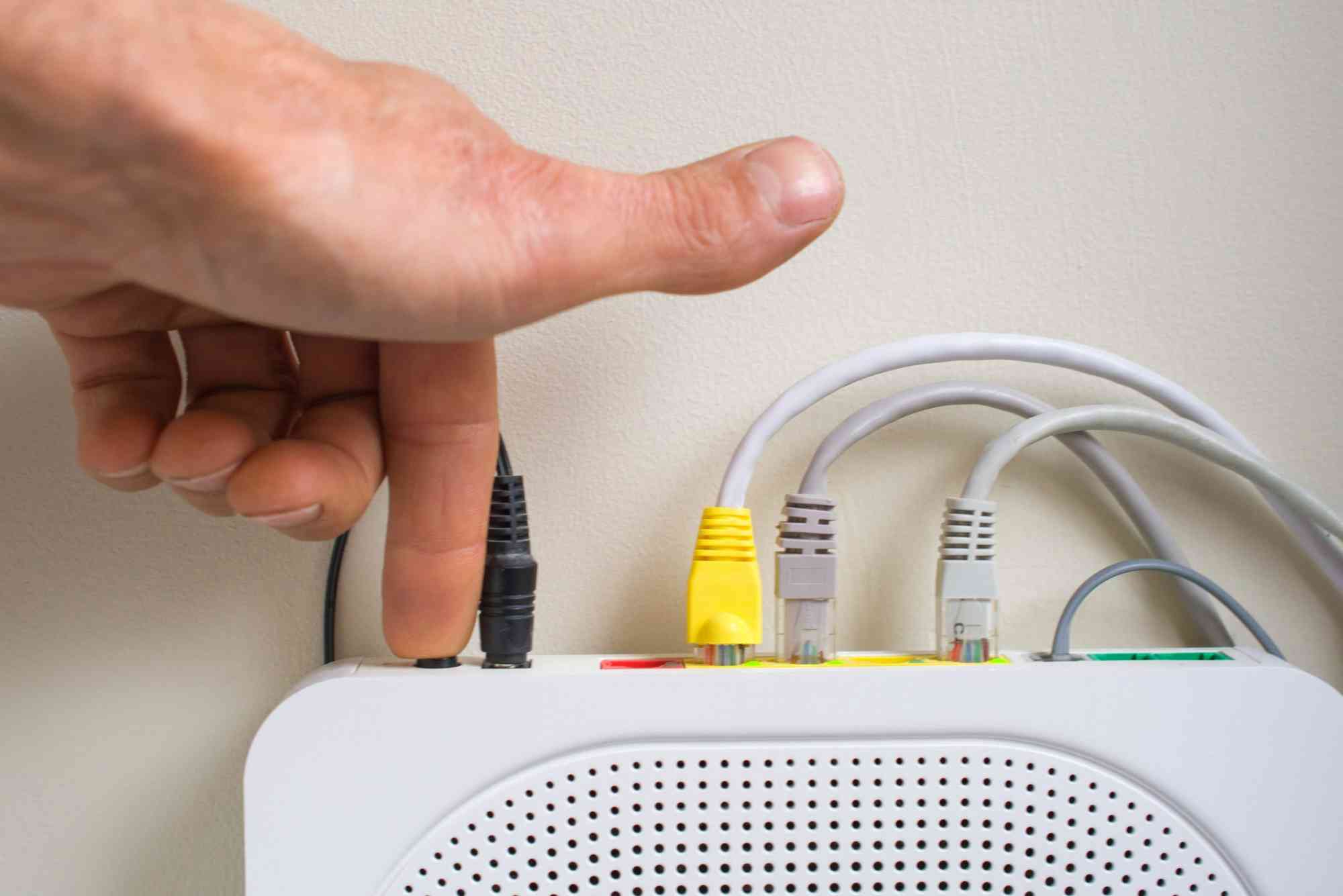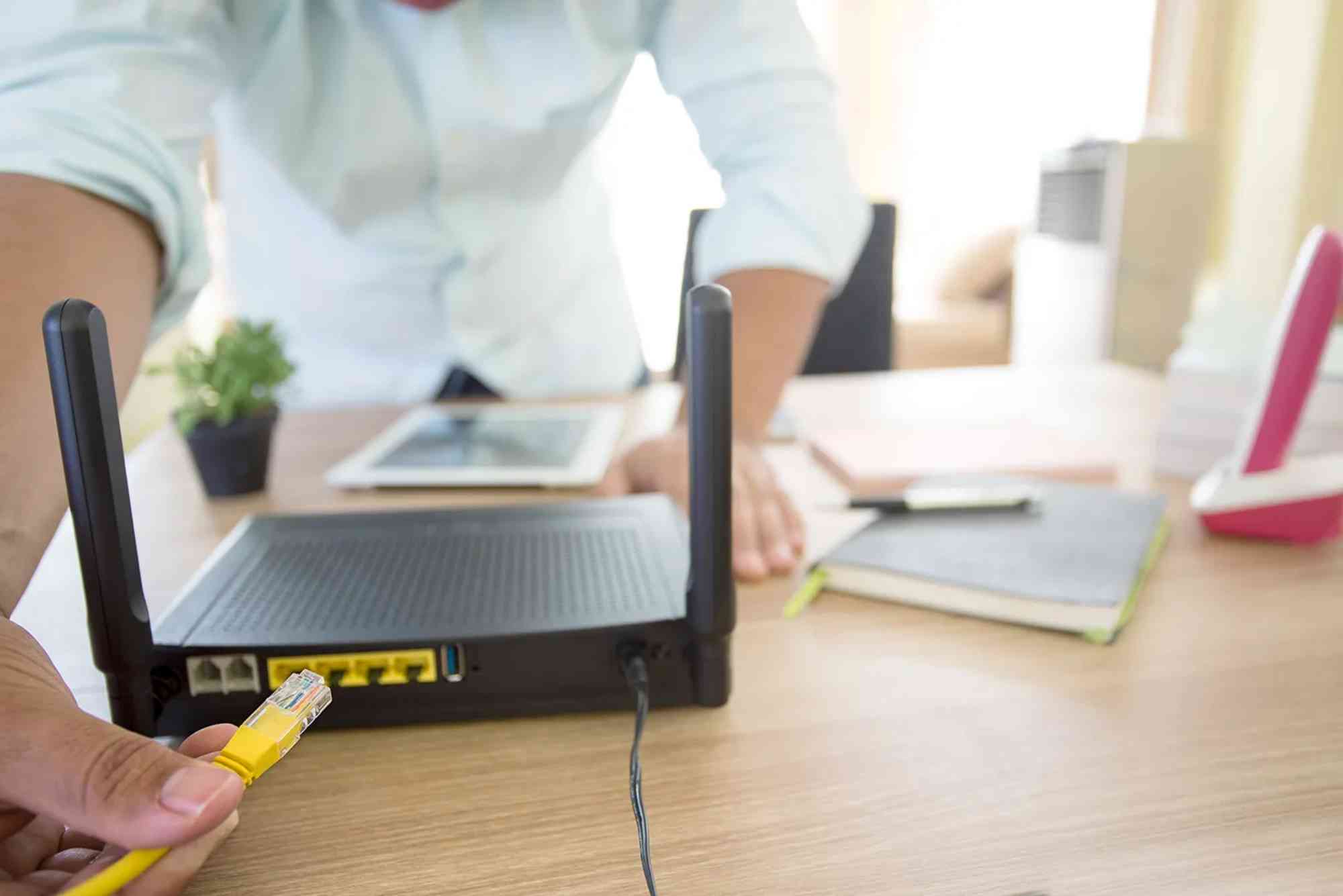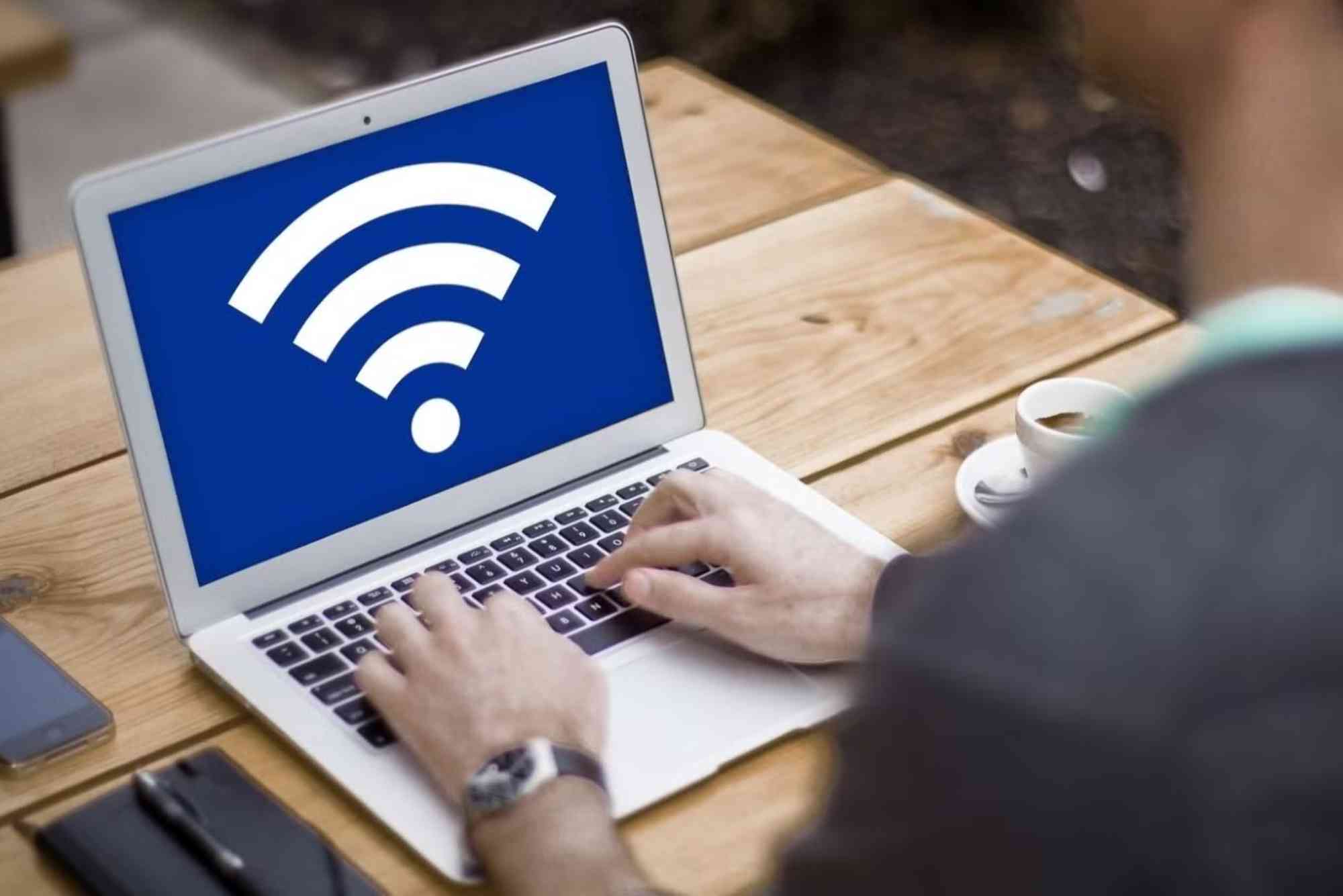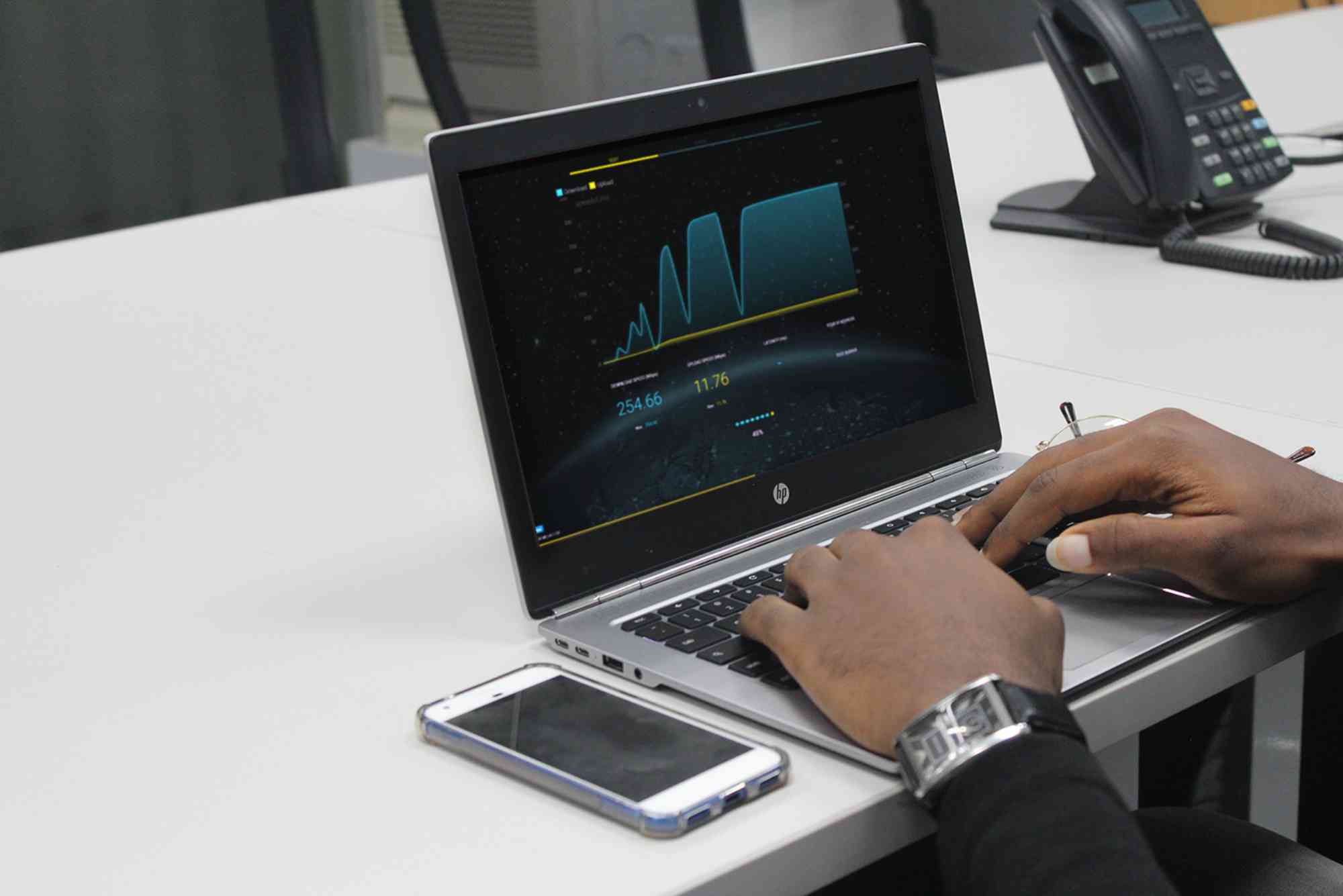Why Is Wi-Fi Slow on Multiple Devices at the Same Time
Have you ever noticed that your Wi-Fi speed drops when several devices are connected? You might be streaming Netflix, while someone else in your home is on a video call, and another person is gaming. Suddenly, everything slows down. This problem is common and often frustrating. Understanding why Wi-Fi is slow on multiple devices and how to fix it can make a huge difference in your online experience.
In this article, we’ll explore the main reasons your Wi-Fi becomes sluggish when many devices connect, the science behind bandwidth sharing, and practical solutions to improve your connection.
How Wi-Fi Works in Multi-Device Environments
Wi-Fi is like a shared road. The more vehicles on it, the more traffic slows. Each device connected to your network consumes a portion of your bandwidth. While modern routers are designed to handle multiple devices, limitations exist. The more demanding tasks (like streaming in 4K or downloading large files) a device performs, the more strain it places on the network.
When many users in one household or office access the same Wi-Fi, data packets must compete for priority. As a result, the entire network speed drops, leading to buffering, lag, and poor browsing.
Why Wi-Fi Gets Slow on Multiple Devices
Several factors contribute to Wi-Fi slowing down when many devices are connected. Understanding these reasons can help you identify what’s wrong with your own setup.
Bandwidth Limitations
Internet service plans provide a maximum speed. If your plan supports 50 Mbps and ten devices stream HD videos simultaneously, each device won’t get enough speed. Bandwidth sharing is one of the most common causes of slow Wi-Fi performance.
Router Capacity and Age
Not all routers are created equal. Older models often struggle with multiple device connections. Modern routers with dual-band or tri-band capabilities distribute traffic more efficiently. Without such features, Wi-Fi slows dramatically as device numbers grow.
Network Congestion
In urban areas, Wi-Fi signals overlap. If your neighbors use the same channel, your Wi-Fi performance suffers. This problem is magnified when multiple devices in your home compete with external interference.
Background Apps and Updates
Devices don’t only use Wi-Fi when you actively browse. Phones, tablets, and computers run background updates and sync processes. If many devices do this at once, your bandwidth gets consumed silently.
Distance and Signal Strength
A device far from the router experiences weaker signals. Add multiple devices, and weaker connections take longer to process data, slowing down the whole network.
ISP Throttling
Sometimes, the issue lies not in your home network but with your internet service provider. ISPs may throttle speeds during peak hours, especially when detecting heavy data usage across many devices.
How to Fix Wi-Fi Slow on Multiple Devices
Luckily, there are effective solutions to improve Wi-Fi performance when multiple devices are connected.
Upgrade Your Internet Plan
If many people in your household stream, game, and work online, a higher-speed plan is essential. An upgrade ensures each device receives enough bandwidth. Reliable providers such as Dhanote Internet Services offer high-speed connections tailored for multi-device households.
Invest in a Modern Router
A router designed for today’s digital lifestyle supports many connections without losing speed. Features like MU-MIMO (multi-user, multiple-input, multiple-output) allow simultaneous data streaming to different devices. Dual-band and tri-band routers also reduce congestion.
Optimize Router Placement
Positioning matters. Place your router in a central, elevated spot for even coverage. Avoid corners, thick walls, and interference from microwaves or cordless phones.
Limit Background Usage
Disable auto-updates during peak usage times. Configure devices to update at night when fewer users are online. Encourage household members to close unnecessary apps that consume bandwidth.
Use Wired Connections When Possible
Devices like gaming consoles or desktop computers can connect directly with Ethernet cables. This reduces strain on your Wi-Fi and ensures stable speeds for critical devices.
Set Up Guest Networks
Many routers allow guest networks. Assigning casual browsing or visiting devices to a separate channel reduces congestion for primary users.
Enable Quality of Service (QoS) Settings
QoS lets you prioritize traffic. For example, video calls or online classes can be prioritized over file downloads. This ensures important activities run smoothly even with multiple devices connected.
Consider Mesh Wi-Fi Systems
If you have a large home, mesh Wi-Fi systems expand coverage. Instead of one router struggling to reach every corner, multiple nodes share the load. This prevents slowdowns in distant rooms.
Common Mistakes That Make Wi-Fi Worse
People often make errors that worsen performance when trying to fix slow Wi-Fi. For example, constantly restarting the router may only temporarily solve the problem. Using cheap extenders can also degrade signal quality. Similarly, ignoring firmware updates prevents routers from performing at their best.
Sometimes, troubleshooting isn’t enough. If your Wi-Fi remains slow despite optimization, your ISP may be the bottleneck. Contact your provider and ask about higher-speed plans, better routers, or potential service issues in your area. Services like Dhanote Internet Services often offer customer support and technical help to improve network quality.
FAQ
Why does my Wi-Fi slow down when too many devices are connected?
Because bandwidth is shared, every new device reduces the available speed for others. The router also struggles to manage multiple requests.
How many devices are too many for Wi-Fi?
It depends on your internet plan and router. A basic plan may support 5–7 devices comfortably, while modern routers can handle 20+ with high-speed plans.
How do I stop devices from slowing down my Wi-Fi?
Limit background activity, prioritize essential traffic with QoS, upgrade your plan, and use wired connections where possible.
Does upgrading to 5GHz Wi-Fi help?
Yes. The 5GHz band is faster and less congested than 2.4GHz. However, it has a shorter range, so it works best for devices near the router.
Why is my Wi-Fi fast on one device but slow on another?
Signal strength, device quality, and distance from the router matter. A newer phone near the router will perform better than an old laptop across the house.
Take Control of Your Wi-Fi Speed
Slow Wi-Fi on multiple devices doesn’t have to be your daily struggle. By understanding bandwidth sharing, optimizing your setup, and choosing the right internet plan, you can enjoy seamless browsing, gaming, and streaming even in busy households.
The key is balance: upgrade where necessary, manage devices smartly, and ensure your router is modern enough to handle today’s digital demands.



